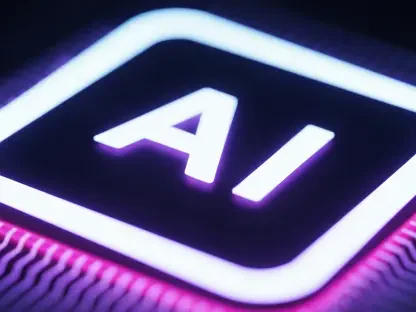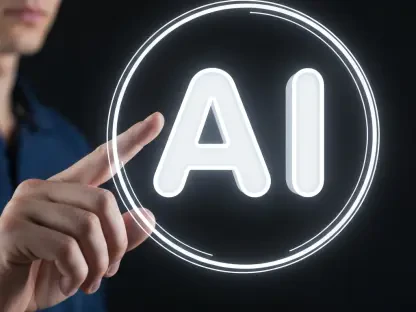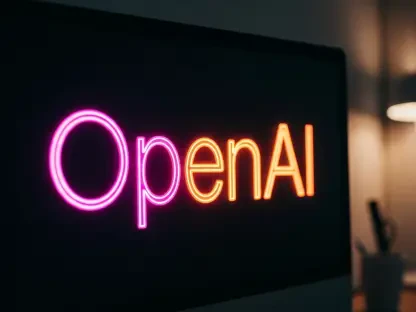Today, we’re thrilled to sit down with Vijay Raina, a renowned expert in enterprise SaaS technology and a thought leader in software design and architecture. With years of experience navigating the ever-evolving landscape of software solutions, Vijay has a unique perspective on how AI is reshaping the SaaS industry. In this conversation, we dive into the challenges of pivoting product roadmaps in response to disruptive technologies, the intricacies of transitioning customers to AI-driven platforms, and the strategies that ensure business stability during times of radical change. Join us as we explore how to embrace innovation while keeping customers on board.
How did you first come to realize that AI could potentially render traditional SaaS platforms obsolete, and what was that moment like for you?
Honestly, it hit me like a ton of bricks a couple of years back when I started seeing AI tools not just assist but outright replace certain workflows in enterprise software. I was looking at advancements in natural language processing and machine learning models that could automate complex tasks—like sales engineering processes—that our platforms were built to support. It wasn’t just a trend; it was a complete paradigm shift. Emotionally, it was daunting. My team and I had poured years into perfecting our SaaS tools, and suddenly we were staring at a future where they might not even be relevant. But that fear turned into a challenge—how could we get ahead of this wave instead of being swept away by it?
What exactly do you mean by ‘AI-native interfaces,’ and how do they differ from the SaaS tools we’re used to?
AI-native interfaces are fundamentally built around AI as the core interaction layer, rather than just tacking AI features onto an existing framework. Unlike traditional SaaS tools where users navigate menus, dashboards, and manual inputs, AI-native platforms anticipate user needs, automate decisions, and interact through conversational or predictive interfaces. Think of it as moving from a static toolset to a dynamic, intelligent partner. For instance, instead of logging data into a system, the system might already know what you need based on context and past behavior, delivering insights or actions proactively. It’s a complete rethinking of how software serves its purpose.
When you think about rebuilding a product from the ground up to incorporate AI, what stands out as the toughest hurdle in that process?
The biggest hurdle is envisioning a product that doesn’t just adapt to AI but is inherently designed for it, while still aligning with customer expectations. You’re not just tweaking a feature; you’re rethinking the entire value proposition. For us, it meant letting go of familiar workflows and imagining how AI could solve the same problems in ways we hadn’t considered before. It’s a balancing act—pushing innovation without losing sight of why customers trusted us in the first place. We didn’t have a crystal-clear endgame at the start; it evolved through constant iteration and feedback loops, which made the uncertainty even more challenging.
How did your customers initially respond when you communicated the shift to a completely new AI-driven platform?
The reactions were mixed, which was expected with such a drastic change. I reached out personally through emails, social media, and virtual meetings to explain our vision. Some customers were intrigued and excited about the potential of AI to enhance their outcomes, while others were understandably wary—concerned about disruption to their workflows or the learning curve. A few conversations really stuck with me, especially with long-term clients who felt blindsided at first. Their feedback helped us refine our messaging to focus on continuity of outcomes rather than just the tech itself. It was about reassuring them that we were still solving their core problems, just in a more powerful way.
Can you share how you approached tailoring customer transitions based on their usage levels of your existing product?
Absolutely. We segmented our customers into three groups based on how heavily they relied on our existing SaaS platform. For those fully utilizing it, we treated the shift like a new sales cycle, working closely with them to secure additional budget for the AI product while phasing out the old one. For customers with some unused capacity, we offered credits toward the new platform, allowing a hybrid approach where early adopters could test it out and champion the transition internally. Lastly, for smaller, more agile companies with minimal change management needs, we simply switched them over completely with full training support. Each approach was customized to minimize friction and ensure they felt supported every step of the way.
Achieving a high customer transition rate to a new platform is no small feat. What do you think was the most critical factor in making that happen?
I’d say it was our commitment to transparency and finding middle ground. We didn’t shy away from the hard truth about why we were pivoting—AI was changing the game, and sticking to the old platform wasn’t in anyone’s best interest. By being upfront, we built trust. At the same time, we didn’t take a one-size-fits-all stance. Offering tailored transition paths, like credits or phased rollouts, showed customers we valued their specific circumstances. That flexibility, paired with constant communication, was key to getting over 80% of them to move with us. It wasn’t just about the product; it was about the partnership.
Looking ahead, what is your forecast for the future of SaaS in the face of AI advancements?
I believe we’re on the cusp of a massive transformation where traditional SaaS as we know it will largely give way to AI-driven ecosystems within the next five to ten years. We’ll see more platforms that don’t just support users but actively drive outcomes with minimal human input. The challenge for SaaS companies will be to adapt quickly or risk irrelevance—those who cling to outdated models will struggle to compete. On the flip side, this opens up incredible opportunities for innovation, especially in personalization and efficiency. My forecast is that the winners will be those who can seamlessly integrate AI not as a feature, but as the foundation of their value proposition, while maintaining strong customer relationships through the upheaval.









